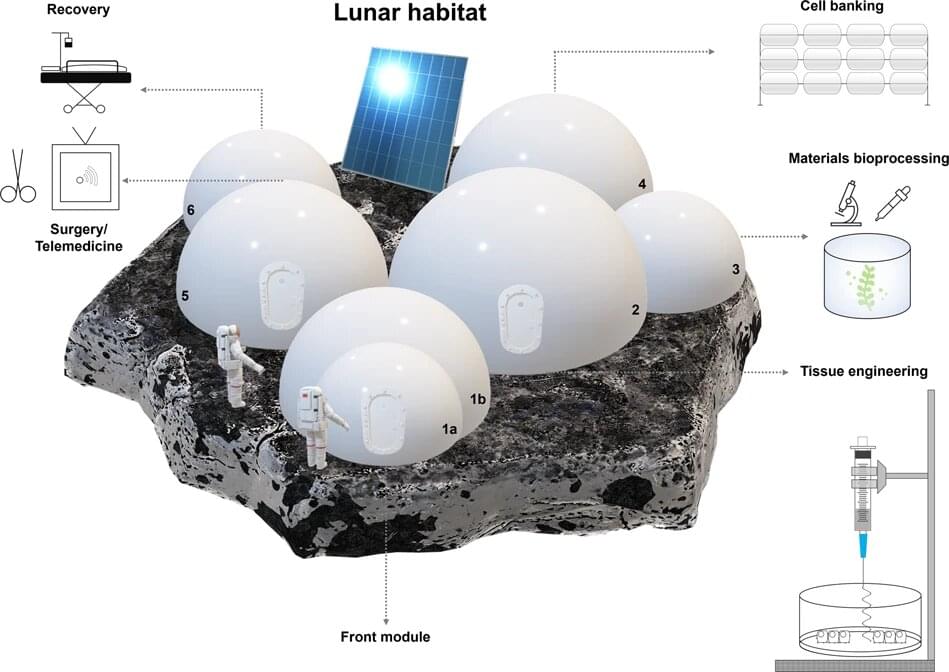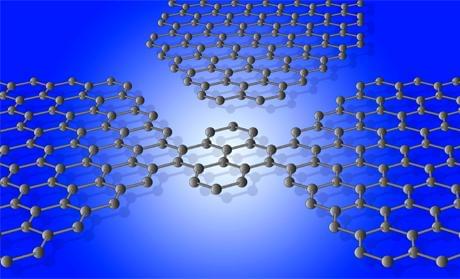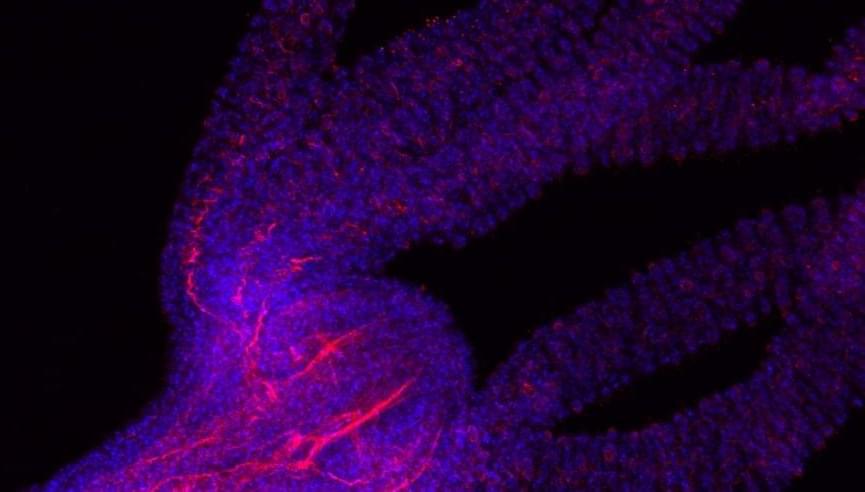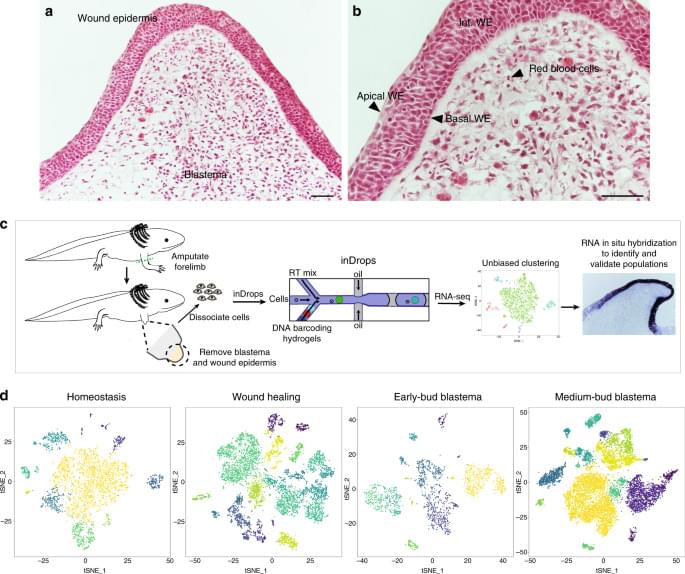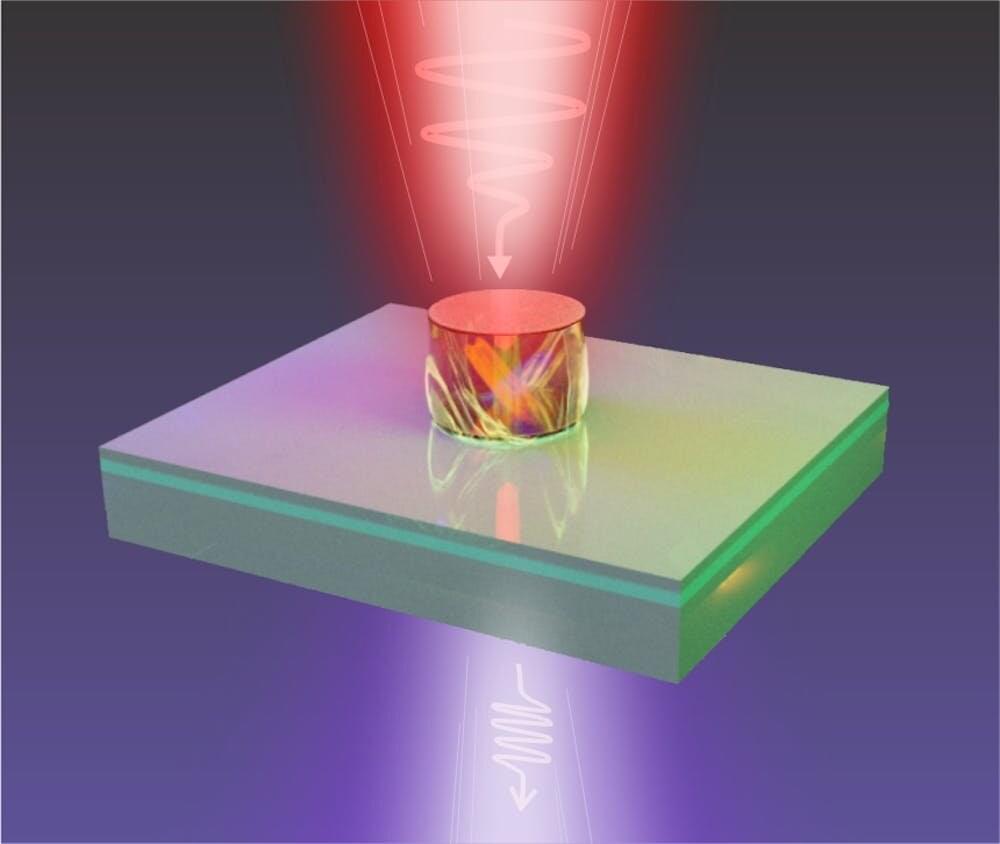May 23, 2023
A lab deep underground could hold the key to habitability on Mars
Posted by Genevieve Klien in category: biotech/medical
Tunnels deep underground in North Yorkshire are providing a unique opportunity to study how humans might be able to live and operate on the moon or on Mars.
Researchers at the University of Birmingham have launched the Bio-SPHERE project in a unique research facility located 1.1 km below the surface, in one of the deepest mine sites in the UK. The project investigates how scientific and medical operations would take place in the challenging environments of the moon and Mars.
It is the first of a series of new laboratory facilities planned to study how humans might work—and stay healthy—during long space missions, a key requirement for ensuring mission continuity on other planets.
